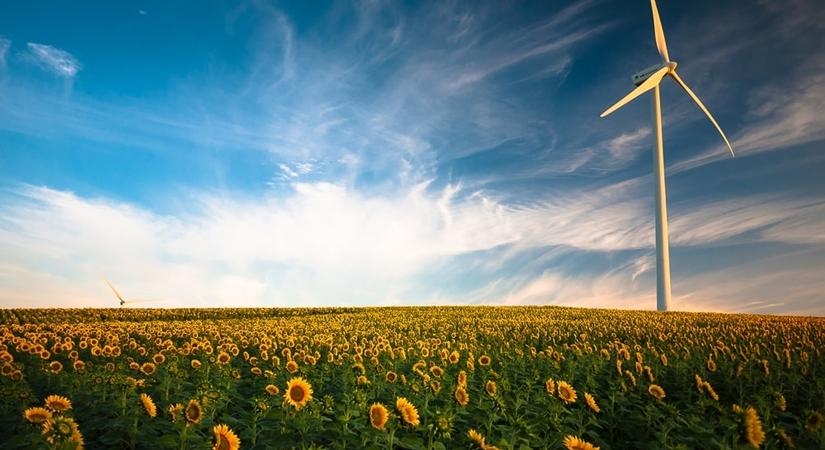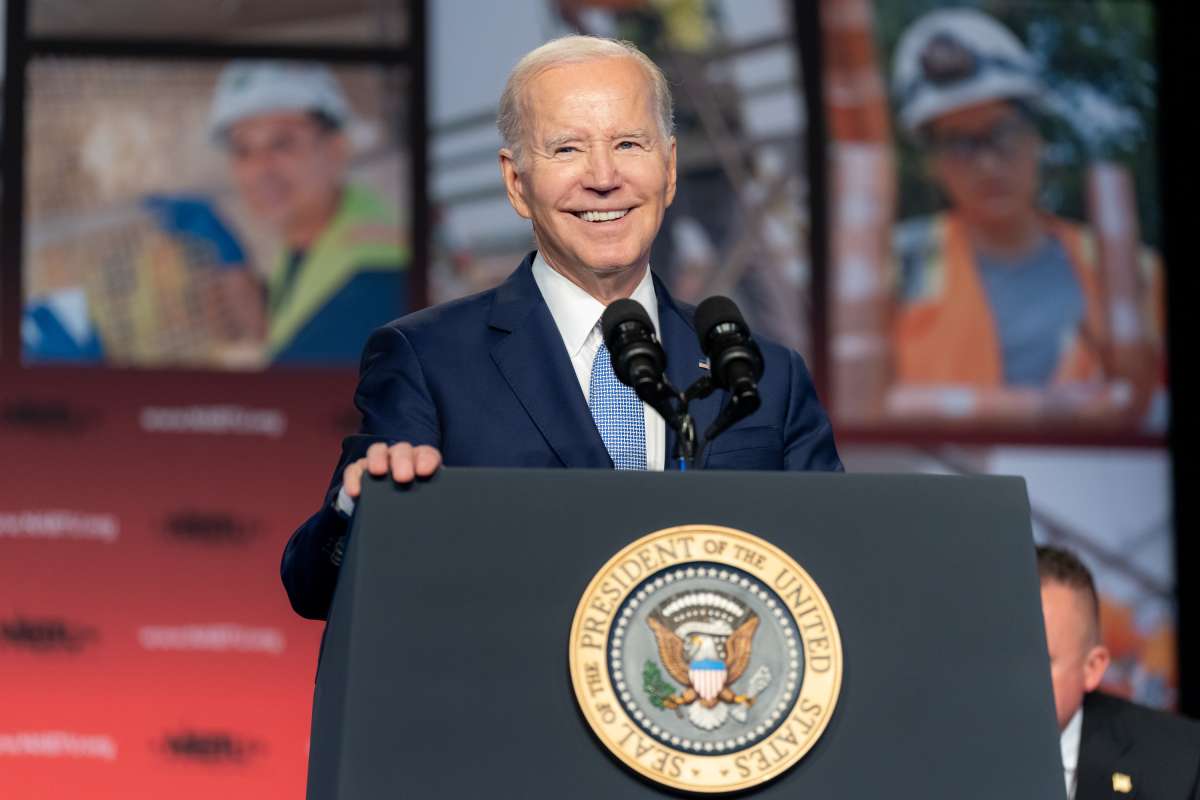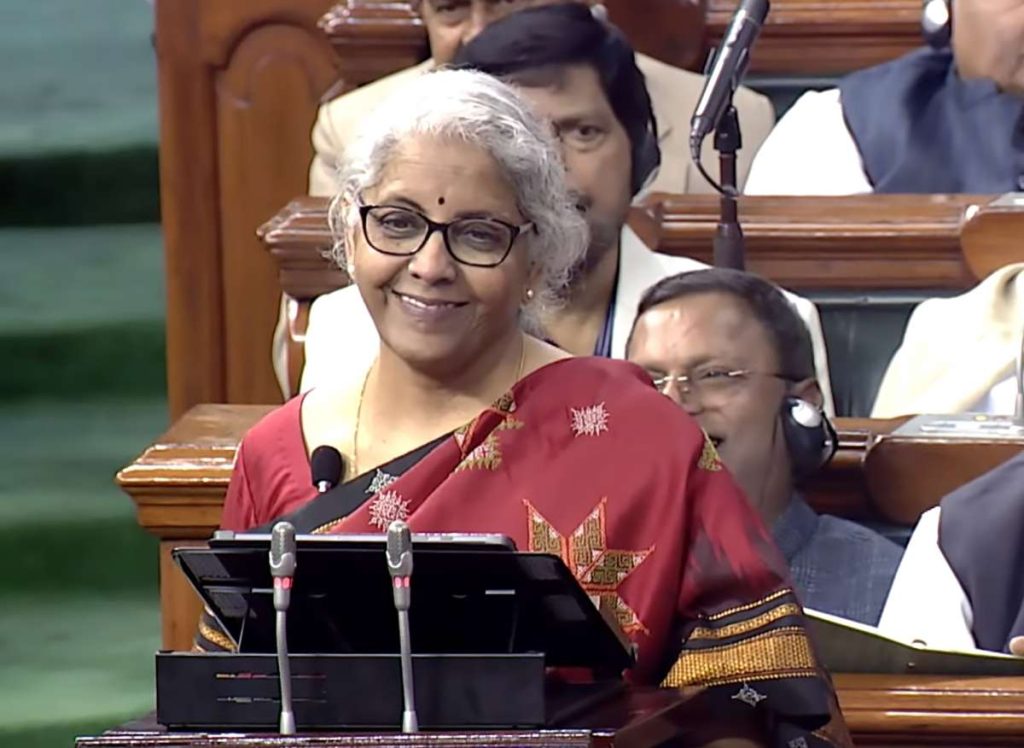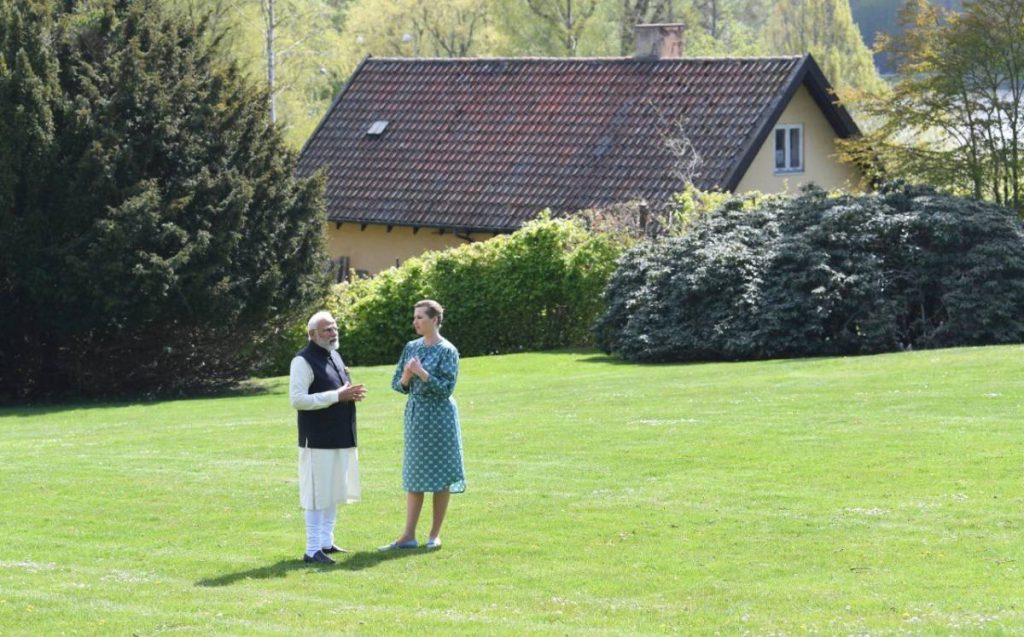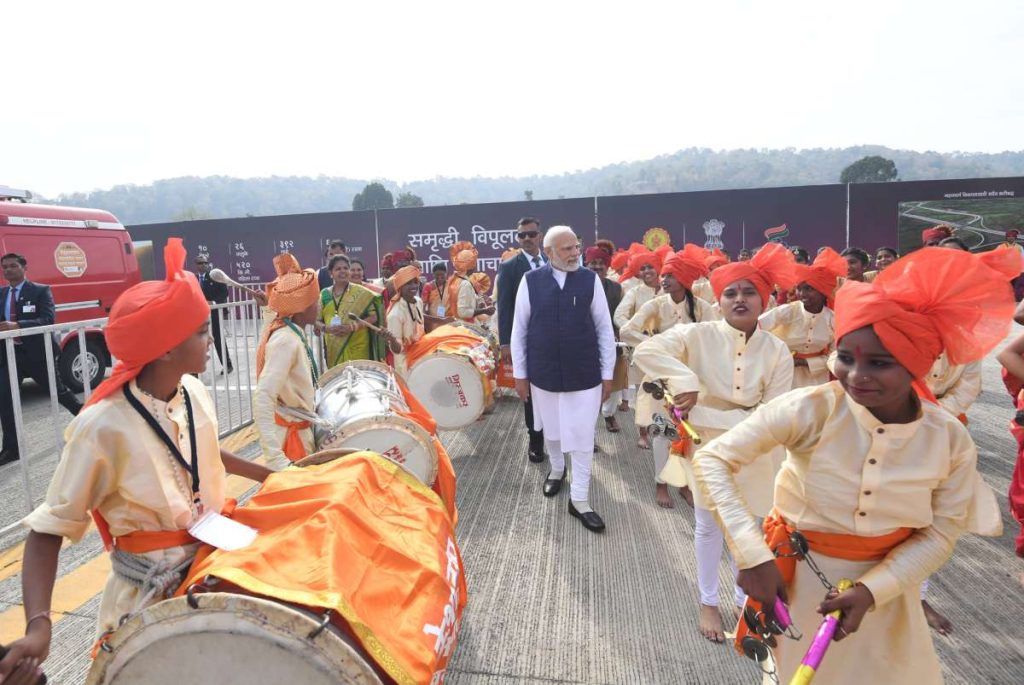Solar power leads the way with 92.12 GW, playing a crucial role in India’s efforts to harness its abundant sunlight..reports Asian Lite News
India has surpassed 200 GW (gigawatt) in renewable energy capacity, accounting for more than 46.3 per cent of the country’s total installed capacity, the Centre said on Wednesday.
According to the Central Electricity Authority (CEA), the total renewable energy-based electricity generation capacity now stands at 203.18 GW, as the country aims to achieve 500 GW from non-fossil sources by 2030.
Solar power leads the way with 92.12 GW, playing a crucial role in India’s efforts to harness its abundant sunlight. Wind power follows closely with 47.72 GW, driven by the vast potential of the coastal and inland wind corridors across the country.
“Hydroelectric power is another key contributor, with large hydro projects generating 46.93 GW and small hydro power adding 5.07 GW, offering a reliable and sustainable source of energy from India’s rivers and water systems,” according to the Ministry of New and Renewable Energy.
Biopower, including biomass and biogas energy, adds another 11.32 GW to the renewable energy mix.
The country’s total renewable energy installed capacity surged by an impressive 24.2 GW (13.5 per cent) in just one year, reaching 203.18 GW in October 2024, up from 178.98 GW in October 2023.
Additionally, when including nuclear energy, India’s total non-fossil fuel capacity rose to 211.36 GW in 2024, compared to 186.46 GW in 2023, according to the ministry.
“This achievement underscores India’s growing commitment to clean energy and its progress in building a greener future,” it said, adding that this marks a major shift in the country’s energy landscape, reflecting the country’s growing reliance on cleaner, non-fossil fuel-based energy sources.
When factoring in the 8,180 MW (megawatt) of nuclear capacity, the total non-fossil fuel-based power now accounts for almost half of the country’s installed electricity generation capacity, signalling a strong move toward clean energy leadership on the global stage.
India’s total electricity generation capacity has reached 452.69 GW, with renewable energy contributing a significant portion of the overall power mix.
In 2023, India’s renewable energy sector reached a significant milestone, with an estimated 1.02 million jobs created, according to the International Renewable Energy Agency’s (IRENA) 2024 Annual Review.
The global renewable energy workforce expanded to 16.2 million in 2023, up from 13.7 million in 2022, with India playing a significant role in this growth.
The report, created in collaboration with the International Labour Organization (ILO), underscores India’s increasing leadership in clean energy and its commitment to generating green jobs that fuel economic growth.
ALSO READ: ‘Saudi Arabia Key to West Asia Stability’





